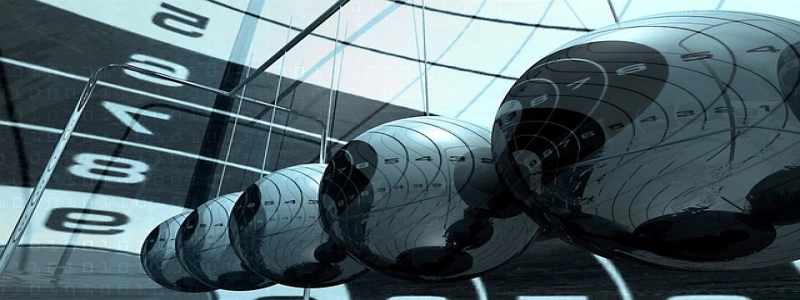How is Fiber Optic Cable Installed?
Bevezetés:
Fiber optic cables have revolutionized the telecommunication industry with their ability to transmit large amounts of data at high speeds over long distances. Understanding how fiber optic cables are installed is crucial in ensuring efficient connectivity and network infrastructure. In this article, we will discuss the step-by-step process of installing fiber optic cables.
én. Pre-Installation Preparation:
Before the actual installation process begins, several crucial steps need to be taken.
1. Conducting Site Surveys:
Site surveys are conducted to assess the installation location and determine the suitability of installing fiber optic cables. Factors such as existing infrastructure, environmental conditions, and potential obstacles are carefully evaluated during this stage.
2. Designing the Network:
Based on the site survey findings, a detailed network design is created, including the cable pathways, termination points, and equipment locations. This ensures the optimal placement of fiber optic cables for seamless connectivity.
II. Cable Installation:
Once the pre-installation preparation is complete, the physical installation of fiber optic cables can begin.
1. Underground Installation:
a. Trenching:
If the cables need to be installed underground, a trench is dug along the cable route. This trench should be deep enough to protect the cables from environmental factors and any accidental damage.
b. Cable Placement:
The fiber optic cables are carefully placed inside the trench, ensuring proper alignment, and avoiding any twists or bends that may affect signal transmission. Cable clips and supports are used to secure the cables in place.
c. Cable Pulling:
In some cases, the fiber optic cables are pulled directly through the conduit or ducts already installed underground. Specialized equipment, such as cable pulling machines, is used to ensure a smooth and efficient process.
2. Aerial Installation:
For above-ground installations, such as spanning long distances or crossing water bodies, aerial installation is employed.
a. Pole Mounting:
Fiber optic cables are mounted on poles using specially designed brackets and fasteners. Care is taken to ensure the cables are not subjected to excessive tension or stress.
b. Strand Hanging:
In situations where multiple cables need to be installed, they are supported using strand hangers. These hangers provide a stable platform for the cables, ensuring their proper alignment and avoiding any entanglement.
III. Termination and Testing:
After the fiber optic cables are installed, the termination and testing phase begins to ensure the system’s functionality.
1. Cable Splicing:
Fiber optic cables are spliced together using fusion splicing or mechanical splicing techniques. This process enables the connection of individual fiber strands, ensuring a continuous and uninterrupted data transmission path.
2. Testing and Inspection:
Once the cables are spliced, thorough testing and inspection are conducted to ensure proper connectivity and signal quality. Specialized equipment, such as optical time-domain reflectometers (OTDR), is used to identify any potential issues, such as signal loss or breaks in the cable.
Következtetés:
The installation process of fiber optic cables requires careful planning, precise execution, and thorough testing. A cikkben ismertetett lépések követésével, network technicians can ensure the successful installation and functionality of fiber optic cables, enabling high-speed data transmission and seamless connectivity in modern telecommunications networks.







